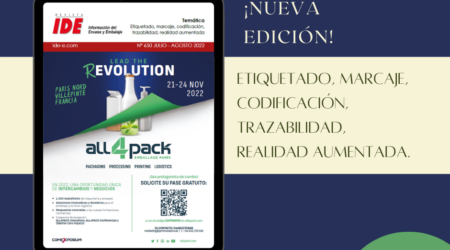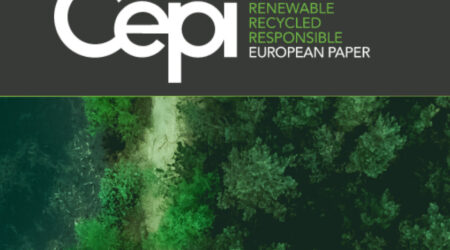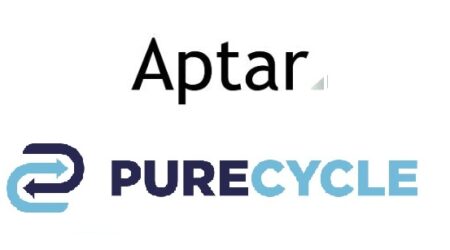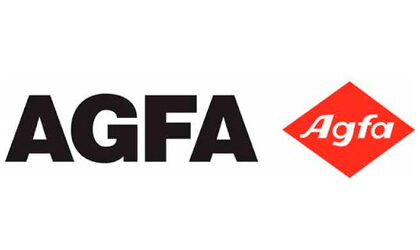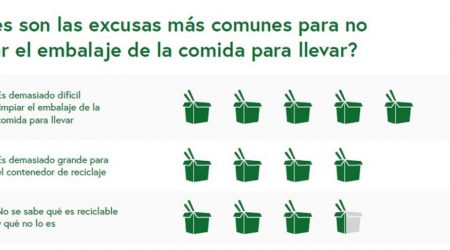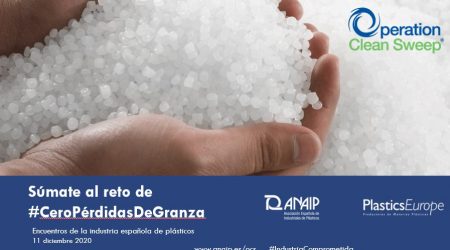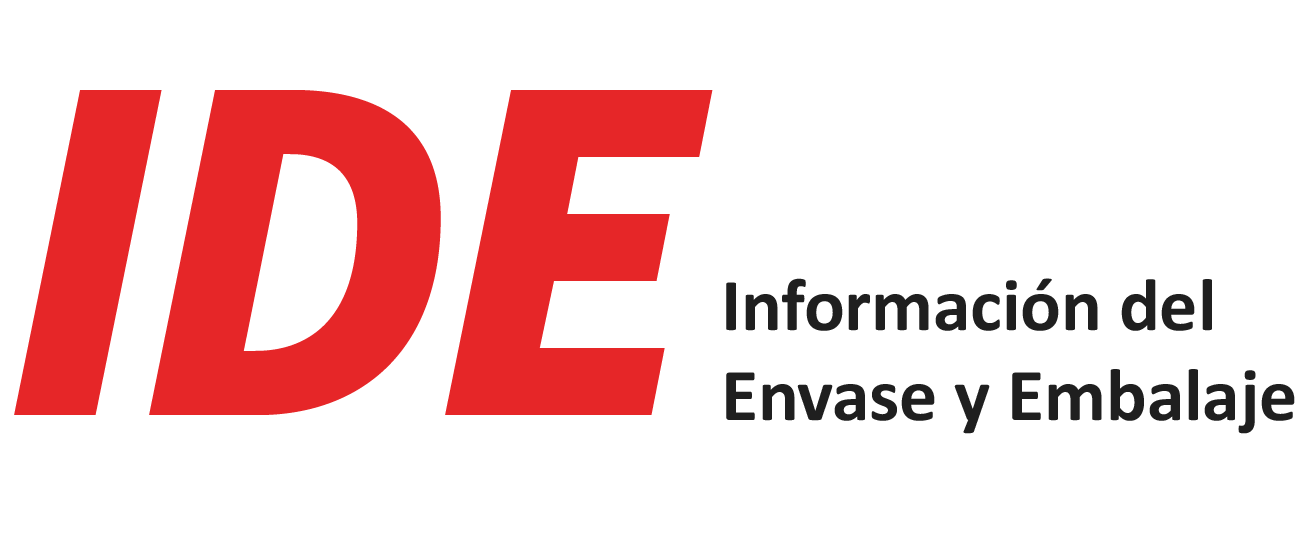Patents are awarded … to those with patience.
 This is especially true in the case involving the awarding and publication of patents for PROVALIN® in five groups.
This is especially true in the case involving the awarding and publication of patents for PROVALIN® in five groups.
PROVALIN®, the PVC-free compound for vacuum closures, was developed, tested and revised around ten years ago, gradually brought to market maturity as of 2010, and has been commercially available since 2011.
The patents for the PROVALIN® family meanwhile encompassing several variants took longer on account of their various contents and filling procedures (e.g. for the cold chain, for contents containing oil, for sterilization and pasteurization, for P/T lids etc.). But this was not only attributable to the very complicated and complex patent procedures. Patentable inventions are only regarded as those which are new, based on an inventive activity and commercially viable. New is defined here as “not the state of the art”, i.e. “not already used somewhere in the world or otherwise already available to the public”. Inventive activity is defined as “something the state of the art does not make readily available to an expert in his respective technical area”. And commercially viable means “when the object of invention can be manufactured or used in any commercial area”. Once these criteria have been complied with, consideration must be given to the patent committees and specifications for patent registration. Only then are tests commenced and the objection and appeal proceedings launched which can sometimes drag on for a long time, especially when legal disputes about property rights are involved. Such as an action for vindication filed against Actega DS, for example, but which was dismissed by the courts of both first and second instance.
A vindication is primarily based on the claim that the applicant for a patent registration is not authorized to do so but rather the submitter of the action for vindication is the inventor entitled to file for patent. Such an action for vindication aims to assert a demand for transfer or surrender. This action rei vindicatio is based on the so-called twelve-board laws in which the claimant and respondent apply vindicatio and contravindicatio to stake their claim to ownership of an object and are obliged to pay a sum of money (sacramentum) for the claim until the judge decides whose rights are more worthy.
In the case of PROVALIN®, this involved an action filed by Silgan as a co-beneficiary. This company wanted to acquire joint inventor and ownership rights and thereby obtain free access. This action did not therefore concern the fact as to whether this right is awarded to Actega DS, or Silgan, but rather whether it is awarded to both Actega DS and Silgan. As already explained, this action aimed toward obtaining joint ownership was dismissed in both the first and second instances.
With this digression into patent law and the pitfalls to be overcome: Actega DS now has the patents. Unequivocally.
While the patent side of things seemed to take forever, the products have proven to be exceedingly successful on the market. Only recently, Pano ommissioned its fifth production line for vacuum screw caps free of PVC and plasticizers.


